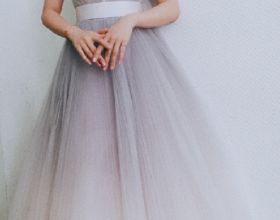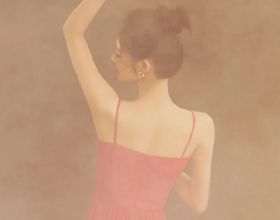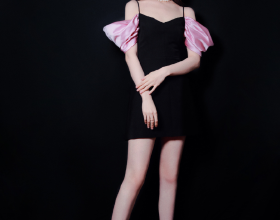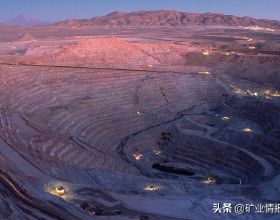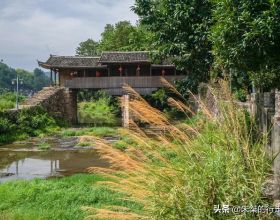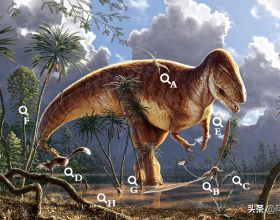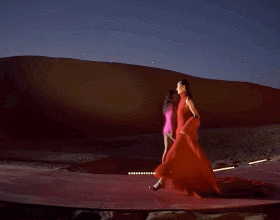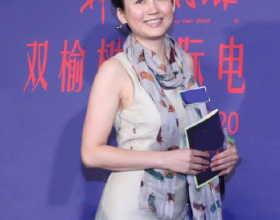國畫即中國畫,簡稱"國畫",我國傳統造型藝術之一。在世界美術領域中自成體系。國畫大致可分為;人物,山水、界畫、花卉、瓜果、翎毛、走獸、蟲魚等畫科;有工筆、寫意、鉤勒、設色、水墨等技法形式,設色又可分為金碧、大小青綠,沒骨、潑彩、淡彩、淺絳等幾種。
四大傳世名畫
畫家力圖透過對各個帝王不同相貌表情的刻畫,揭示出他們不同的內心世界、性格特徵。那些開朝建代之君,在畫家筆下都體現了“王者氣度”和“偉麗儀範”;而那些昏庸或亡國之君,則呈現委瑣庸腐之態。畫家對作品中的每個形象都寓有褒貶,而這一褒貶又是寓於每個帝王的性格和精神氣質之中。在表現帝王的形象時,畫家透過人物的面部表情、眼神、眉宇和嘴唇間流露出的神情來刻畫不同的個性和氣質,以表達作者對前代帝王的作為和才能的評價。
帝王圖
《歷代帝王圖》中國唐代畫家閻立本人物畫代表作。又稱《古帝王圖》。此圖絹本,設色,縱51.3釐米,橫 531釐米。現藏美國波士頓美術館,全卷共畫有自漢至隋十三位帝王的畫像,從畫像來看,雖仍有程式化的傾向,但在人物個性刻畫上表現出很大的進步,不落俗套,而顯得個性分明;畫中按等級森嚴的封建倫理觀念,處理人物的大小。《歷代帝王圖》用重色設色和暈染衣紋的方法,有佛教藝術的影響。
《古帝王圖》或者《歷代帝王圖》,此圖描繪從西漢至隋朝十三個皇帝的形象:前漢昭帝劉弗陵,漢光武帝劉秀,魏文帝曹丕,吳主孫權,蜀主劉備,晉武帝司馬炎,陳廢帝陳伯宗,陳宣帝陳頊,陳後主陳叔寶,北周武帝宇文邕,隋文帝楊堅,隋煬帝楊廣,加上侍人共四十六人。帝王均有榜書,有的還記述其在位年代及對佛道的態度。
千里江山圖
《千里江山圖》縱51.5釐米,橫1191.5釐米,絹本,青綠設色,無款,據卷後蔡京題跋知系王希孟所作,現藏故宮博物院。作品以長卷形式,描繪了連綿的群山岡巒和浩淼的江河湖水,于山嶺、坡岸、水際中佈置、點綴亭臺樓閣、茅居村舍,水磨長橋及捕魚、駛船、行旅、飛鳥等,描繪精細,意態生動。景物繁多,氣象萬千,構圖於疏密之中講求變化,氣勢連貫,以披麻與斧劈皴相合,表現山石的肌理脈絡和明暗變化;設色勻淨清麗,於青綠中間以赭色,富有變化和裝飾性。作品意境雄渾壯闊,氣勢恢宏,充分表現了自然山水的秀麗壯美。被稱為"中國十大傳世名畫"之一。
神駿圖
《神駿圖》是唐代韓幹創作的一幅絹本設色畫,現收藏於遼寧省博物館。
此畫是一幅歷史故事畫,描繪了僧人支遁愛馬故事。岸上石坡,僧人支遁正坐於石臺之上,望著迎面踏水而來的駿馬;駿馬上坐披髮童子,手執棒狀毛刷,似從水中洗浴後賓士而來。支遁對面坐一人,高冠博帶;旁立一西域侍者,其臂上立一雄鷹,增加了平靜中不平靜的氣氛。
郎世寧百蝶圖
清代,郎世寧《百蝶圖》臺北故宮博物院藏,本幅作品,色彩鮮豔、亮麗,逼真寫實的手法將百隻蝴蝶描繪的栩栩如生。
這四副傳世名畫,品相完美,神韻十足,具有極高的藝術觀賞價值,青綠山水之代表千里江山圖,人物畫代表帝王圖,花鳥畫代表百蝶圖,動物畫代表百駿圖,四副一組,當為傳世之寶,具有不可估量的收藏價值。
英文翻譯:Chinese painting is Chinese painting, referred to as "Chinese painting", one of China's traditional plastic arts. In the world of art in its own right. Chinese painting can be roughly divided into; Figures, landscape, boundary painting, flowers, melons and fruits, feathers, animals, insects and fish painting; There are techniques such as meticulous brushwork, freehand brushwork, hook hook, color, ink and wash, and color can be divided into gold, size green, no bone, color, light color, light purple and so on.
Four famous paintings
The painter tries to reveal their different inner world and personality characteristics through the depiction of different facial expressions of emperors. Those Kings who opened the dynasty and built the dynasty all embody the "king bearing" and "wei Li yi fan" in the painter's pen. And those fatuous or subjugation of the king, then show the state of trivial corruption. Every image in the works of the painter has its praise or criticism, and this praise or criticism is in the character and spiritual temperament of each emperor. When depicting the image of the emperor, the painter depicts different personalities and temperament through the facial expression, eyes, brow and lips, so as to express the author's evaluation of the actions and talents of the previous emperors.
Regal figure
Emperor of the Past Dynasties is a representative work of figure painting by Yan Liben, a Chinese painter of the Tang Dynasty. Also known as "ancient emperor map". This picture, colored on silk, is 51.3 cm long and 531 cm wide. There are 13 emperors' portraits from Han to Sui in the whole volume. From the perspective of the portraits, although they still have a tendency to be stylized, they have made great progress in the characterization of the personalities, which are unconventional and distinctive. The size of the figures is treated according to the feudal ethics of rigid hierarchy. The method of heavy color setting and faint dyeing of clothing lines is influenced by Buddhist art.
"Ancient imperial figure" or "the figure in this series," the figure depicts 13 emperor's image from the western han dynasty to the sui dynasty, emperor of the early han dynasty zhao ling, liu han GuangWuDi Liu Xiu, Wei Wen emperor xelloss, sun quan, wu shu master liu bei, jin jin wudi emperor wudi, waste emperor emperor fei of Chen Chen, Chen followers in Auckland, Chen Chen after emperor houzhou of Chen China, their emperor wudi emperor wu of northern zhou, sui wendi Yang jian, emperor yangdi Yang Guang, There were forty-six men, including the servants. Emperors all had lists, and some described their reign and their attitude toward Buddhism and Taoism.
Thousands of miles of rivers and mountains
"Thousands of miles of Rivers and Mountains" 51.5 cm, 1191.5 cm, silk, green color, no money, according to the volume of CAI Jing inscription postscript known by Wang Ximeng, now in the Palace Museum. In the form of a long scroll, the work depicts the continuous mountains and mountains and the vast rivers and lakes. It is decorated with pavilions, pavilions, cottages, water mills and long Bridges, fishing, sailing, traveling, birds, etc., with fine description and vivid meaning. Various scenery, myriad, composition in the density of change, momentum coherence, with drima and axei cun cun, performance of the texture of the stone veins and shade change; Color is uniform and clean and beautiful, with ochre among green, rich change and adornment sex. The artistic conception of the works is vigorous and magnificent, and the momentum is magnificent, which fully reflects the beauty and magnificence of the natural landscape. It is called one of the "top ten Famous Chinese paintings".
God jun figure
"God Jun Tu" is a colored silk painting created by Han Gan in the Tang Dynasty, which is now collected in the Liaoning Provincial Museum.
This painting is a historical story painting depicting the story of a monk's love for a horse. On the slope of the bank, The monk Zhidun is sitting on the stone platform, looking at the horse that is stepping on the water. Steed sitting hair boy, hand stick hair brush, like from the water after the bath Mercedes. Zhi Dun sits opposite a person, high crown bo belt; A western waiter, with an eagle on his arm, added to the restlessness of the calm.
A hundred Butterflies by Castigano
In the Qing Dynasty, The hundred Butterflies by Lang Shining, collected by Taipei National Palace Museum, are vividly depicted with bright colors and realistic techniques.
These four sets of famous paintings, perfect appearance, full charm, has a high artistic appreciation value, green landscape on behalf of a thousand miles of rivers and mountains, figure painting on behalf of the emperor, flower and bird painting on behalf of 100 butterflies, animal painting on behalf of 100 jun, four pairs of a group, should be handed down treasure, with immeasurable collection value.


